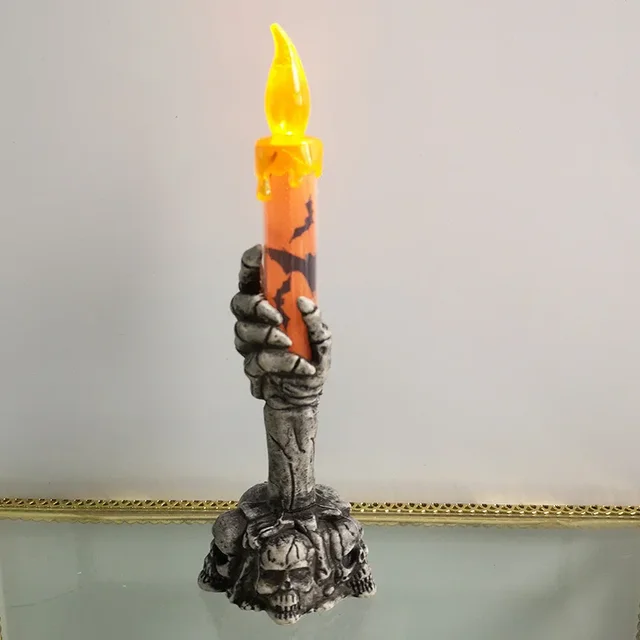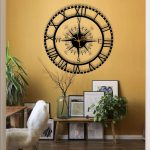What Are Foot Candles and Why Are They Important?
Foot candles measure light on surfaces. They guide lighting design and ensure safe, comfortable spaces.
Definition and Measurement of Foot Candles
A foot candle equals one lumen per square foot. It’s used to check light intensity.
The Significance of Foot Candles in Various Environments
Foot candles help set lighting for tasks. More for workspaces, less for homes or halls.
Relationship Between Foot Candles and Lumens
Understanding lumens and foot candles is key to lighting design.
Understanding Lumens: The Unit of Light Output
Lumens measure total light emitted from a source. More lumens mean a brighter light.
The Conversion Process from Foot Candles to Lumens
Converting foot candles to lumens helps tailor lighting. Use 10.764 as a conversion factor.
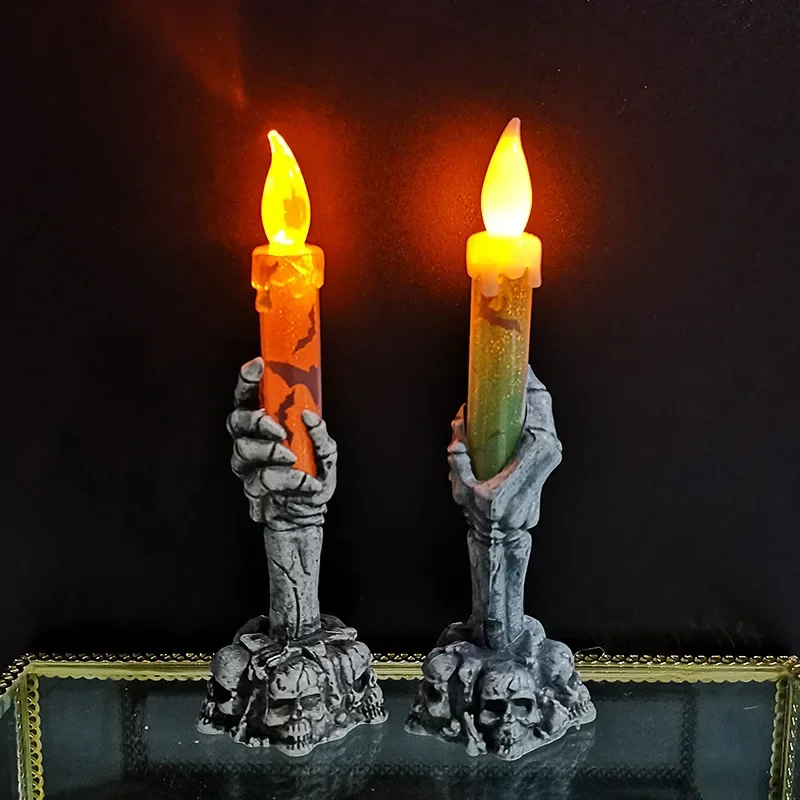
Measuring and Using Foot Candles
To measure and use foot candles, we need the right tools and methods. These measures help us create well-lit spaces.
Tools for Measuring Foot Candles
Various tools can measure the light intensity known as foot candles. Handheld light meters are most common. They provide readings in foot candles or lux, depending on the model. Some light meters are simple and low-cost, while others are advanced and pricier. Nowadays, even smartphone apps can estimate foot candles. But, for accuracy, professional light meters are best.
Applying Foot-Candle Measurements to Achieve Optimal Lighting
Knowing foot candles helps tailor lighting. It leads to better lit and more comfortable spaces. Here’s how to use foot candles:
- Measure the light in different areas. This shows if the lighting is too dim or too bright.
- Compare readings to recommended levels, such as those from IES. This ensures that light is just right for the space’s purpose.
- Adjust lighting based on readings. If light is low, add more fixtures or use bulbs with higher lumens. If too bright, use fewer bulbs or ones with lower lumens.
- Consider the tasks done in each space. Areas for detailed work need more light. Relaxing spaces need less.
Measuring and applying foot candles correctly can make workspaces safer and more comfortable. It can also save on energy costs by using light more efficiently.
Recommended Foot-Candle Levels for Workspaces
IES Recommended Lighting Levels
The IES suggests light levels for various settings. For workspaces, they recommend 30 to 50 foot candles. This range supports tasks like reading and computing. Outdoors at night may need about 10 foot candles. Visual comfort and task performance guide these numbers. Changes in settings, natural light, and surface reflection also affect the light needed.
Tailoring Lighting to Specific Workspace Needs
Different tasks need different lighting levels. Detailed work may require 50-75 foot candles. General walking or relaxed reading often needs fewer, about 10-20 foot candles. Brighter light aids focused tasks; softer light suits more casual activities. Adjust light levels based on what people do in each space. Use more lumens for intense work and fewer for relaxed areas. The right balance enhances comfort and work efficiency.
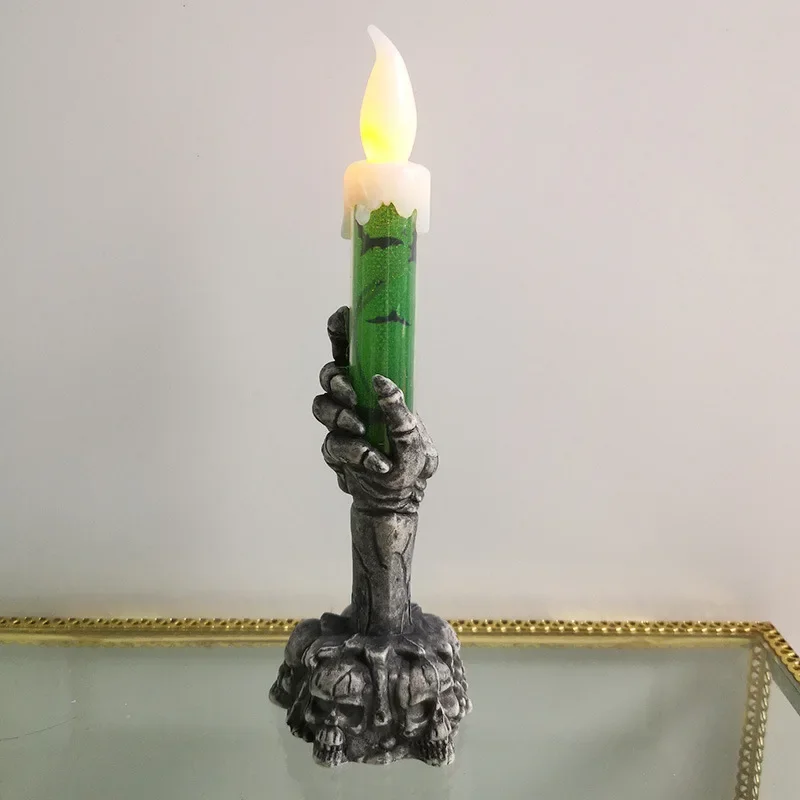
Adjusting Light Levels in Your Workspace
Enhancing lighting in your workspace is vital.
Strategies to Increase or Decrease Lumens
Use these methods to adjust light in your workspace:
- Add More Fixtures: Boost lumens by installing additional lights.
- Upgrade Bulbs: Switch to bulbs with higher lumen output for brighter light.
- Dimmers: Install dimmer switches for flexible light control.
- Reflective Surfaces: Use mirrors or paint walls in light colors to reflect light.
- Natural Light: Make the most of sunlight through windows. It’s free and efficient.
- Remove Obstacles: Clear objects that block or absorb light.
- Timer Switches: Control light use with timers to save energy.
- Task Lighting: Add lamps or pendants in focused areas for extra brightness.
- Reduce Bulbs: Lower lumens by using fewer bulbs.
- Cooler Bulbs: Pick bulbs with cooler temperatures for less intense light.
With these tips, tailor lumens to your workspace needs. Brighten areas for tasks or soften light for comfort.
Role of Light Meters in Workspace Lighting
Light meters tell how bright a space is. Let’s explore their role:
- Accuracy: Light meters give precise readings in foot candles or lux.
- Assessment: Check if workspace areas have enough light.
- Improvement: Use readings to decide how to improve lighting.
- Verification: Confirm if changes made the desired impact on light levels.
To measure correctly, ensure the light meter’s sensor is not shaded. Adjust your workspace lighting based on the readings for optimal comfort and efficiency.
In the field of lighting, we often come across two primary units: foot candles and lux. Both measure the intensity of light that lands on a surface. However, they differ in the area they each consider. Understanding how these two relate is crucial for international lighting projects or when working with equipment calibrated in different units.
How Lux Relates to Foot Candles
Lux is the metric unit equivalent to foot candle. They are similar, but lux measures light over a square meter, not a square foot. The conversion is key; 1 foot candle is approximately 10.76 lux. When you know the lux value, you can convert it to foot candles by dividing by 10.76. This is helpful when purchasing lighting equipment that lists brightness in lux or for international dealings.
International Standards and Conversions
Different countries use different units for light measurement. In the United States, foot candles are more common, while many other countries use lux. For those in the US working with global teams, knowing how to convert between these two is essential. To go from lux to foot candles, use the factor of 10.76, as mentioned before. For exact conversions, use a calculator or conversion app to get the precise number of foot candles or lux. This ensures effective communication and accurate lighting setup across different regions.
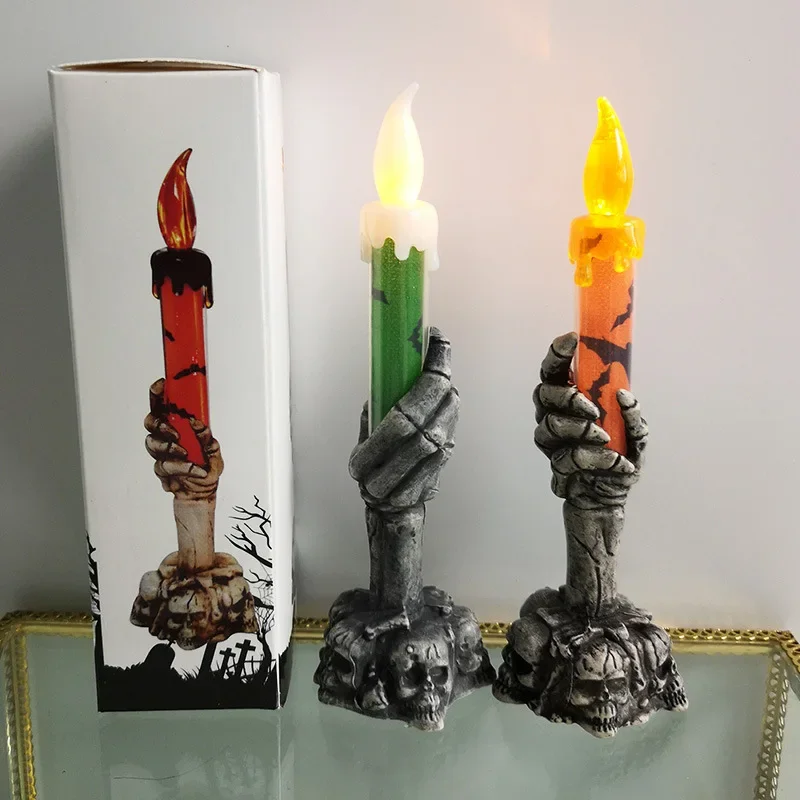
Practical Application: Enhancing Workspace Lighting
To enhance workspace lighting, we use foot-candle knowledge.
Analyzing Workspace Lighting Needs
First, we must understand our lighting needs.
- Consider tasks: Different tasks require different light levels.
- Evaluate space: Check the size and layout of the workspace.
- Use tools: Measure with light meters to get foot-candle readings.
- Check times: Measure at different times for accurate light data.
This process helps us know if light levels are too high or too low for our tasks.
Implementing Lighting Improvements Based on Foot-Candle Readings
After analyzing, it’s time for action.
- Change bulbs: Use bulbs with more lumens for dim areas.
- Add fixtures: More lights can increase lumens where needed.
- Adjust placement: Move lights to avoid shadows and dark spots.
- Use dimmers: They allow for flexible light control.
- Maximize natural light: Use windows to let in sunlight.
With the right light levels, workspaces become safer and more comfortable.
Implementing Lighting Improvements Based on Foot-Candle Readings
Once the analysis is complete, we can move forward with targeted improvements to enhance workspace lighting.
1. Change Bulbs
- Select Higher Lumen Bulbs: Replace existing bulbs with higher lumen options to increase brightness in dim areas. For instance, consider LED bulbs, which provide more lumens per watt compared to incandescent bulbs.
- Choose the Right Color Temperature: Use bulbs with a color temperature between 3000K and 5000K for a comfortable and effective workspace.
2. Add Fixtures
- Supplementary Lighting: Introduce additional fixtures such as task lights, pendant lights, or floor lamps in areas that require more illumination.
- Layered Lighting: Use a combination of ambient, task, and accent lighting to create a well-lit environment.
3. Adjust Placement
- Optimize Positioning: Move light fixtures closer to work areas to minimize shadows and dark spots. Ensure that light sources do not create glare on screens or reflective surfaces.
- Use Adjustable Fixtures: Incorporate adjustable or directional fixtures that allow users to focus light where it’s needed most.
4. Use Dimmers
- Flexible Control: Install dimmer switches to give users control over the light intensity. This is especially useful in multi-use spaces that may require different lighting levels for various activities.
- Create Zones: Allow different areas of the workspace to have their lighting settings based on specific needs, promoting comfort and productivity.
5. Maximize Natural Light
- Utilize Windows: Ensure blinds or curtains are adjusted to take advantage of daylight without causing glare.
- Reflective Surfaces: Use mirrors and light-colored furnishings to enhance natural light distribution throughout the space.
